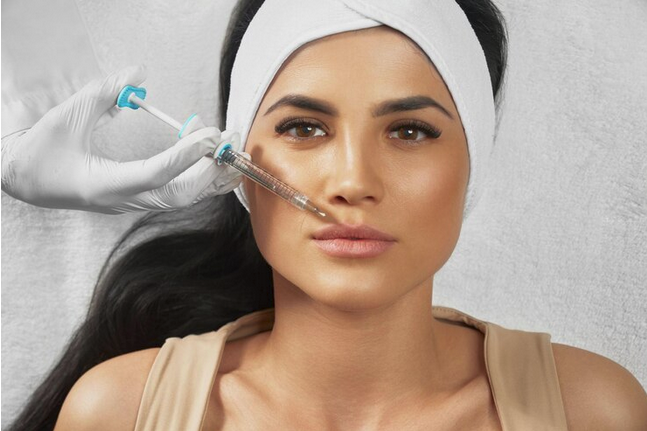Introduction:
In the realm of aesthetic innovations, Botox has transcended its cosmetic origins to become a game-changer in addressing hyperhidrosis or excessive sweating. Beyond its renowned wrinkle-smoothing capabilities, Botox has emerged as a transformative solution, offering relief to individuals grappling with the physical and emotional challenges of persistent sweat issues. In this comprehensive exploration, we delve into the science behind Botox for sweating, the treatment process, and the myriad benefits it brings, fostering sweat-free confidence.
Understanding Hyperhidrosis and Its Impact:
Hyperhidrosis, characterized by uncontrollable and excessive sweating, extends beyond the normal physiological response to heat or exercise. This condition can significantly impact an individual's quality of life, leading to social discomfort, anxiety, and a perpetual quest for effective solutions. While various topical treatments and antiperspirants exist, Botox for sweating has emerged as a breakthrough, providing lasting relief and restoring confidence to those affected.
The Science Behind Botox for Sweating:
Botox, short for botulinum toxin, is a neurotoxin that temporarily paralyzes muscles by blocking nerve signals. In the context of hyperhidrosis treatment, Botox is strategically injected into targeted areas of the body, such as the underarms, palms, or feet. Once injected, Botox inhibits the release of acetylcholine, a neurotransmitter responsible for activating sweat glands. This interruption in communication effectively reduces sweat production in the treated areas.
The Treatment Process:
- Consultation and Assessment: The journey to sweat-free confidence begins with a consultation with a qualified practitioner. During this session, the individual's medical history, sweating patterns, and lifestyle factors are assessed to determine the suitability of Botox for hyperhidrosis.
- Mapping and Marking: To ensure precision, the practitioner maps and marks the specific areas where Botox will be injected. This process involves identifying sweat-prone regions and strategically planning the injection points for optimal results.
- Injection Procedure: The actual Botox injection is a relatively quick procedure. Using fine needles, the practitioner administers Botox into the predetermined areas. The process is typically well-tolerated, and any discomfort is minimal.
- Post-Treatment Care: Following the procedure, individuals are advised to avoid strenuous activities for a short period. While the effects of Botox for sweating are not instantaneous, noticeable reductions in sweat production become apparent within a few days to a week.
Benefits of Botox for Sweating:
- Effective Reduction in Sweat Production: Botox for sweating has garnered widespread acclaim for its remarkable efficacy in reducing sweat production. Individuals who undergo this treatment experience a significant decrease in excessive sweating, leading to improved comfort and confidence in social and professional settings.
- Long-Lasting Results: Unlike some topical treatments that require daily application, the effects of Botox for sweating are enduring. A single treatment can provide relief for several months, with many individuals enjoying sweat-free periods that extend beyond six months.
- Enhanced Quality of Life: Hyperhidrosis can be debilitating, impacting both professional and personal aspects of life. Botox treatment offers a transformative solution, enabling individuals to regain control over their sweating and, in turn, fostering an enhanced quality of life.
- Minimal Disruption to Daily Activities: Botox for sweating is a minimally invasive procedure with minimal downtime. Individuals can typically resume their regular activities immediately after the treatment, making it a convenient option for those with busy schedules.
- Boosted Confidence and Mental Well-Being: Perhaps the most profound benefit of Botox for sweating lies in the psychological impact. Individuals no longer have to contend with the embarrassment and self-consciousness associated with excessive sweating, leading to a notable boost in confidence and overall mental well-being.
Conclusion:
In the pursuit of sweat-free confidence, Botox for sweating has emerged as a miraculous solution, offering tangible relief to those grappling with hyperhidrosis. The science behind this treatment, coupled with its efficient and long-lasting results, has transformed Botox into a beacon of hope for individuals seeking respite from the physical and emotional burdens of excessive sweating.
As the demand for non-invasive solutions to hyperhidrosis continues to rise, Botox stands at the forefront, providing a reliable and transformative option. The impact of Botox for sweating extends beyond the reduction of sweat; it encompasses a restoration of confidence, a reclamation of normalcy, and a renewed sense of self for those who have experienced the life-altering effects of hyperhidrosis.





Comments